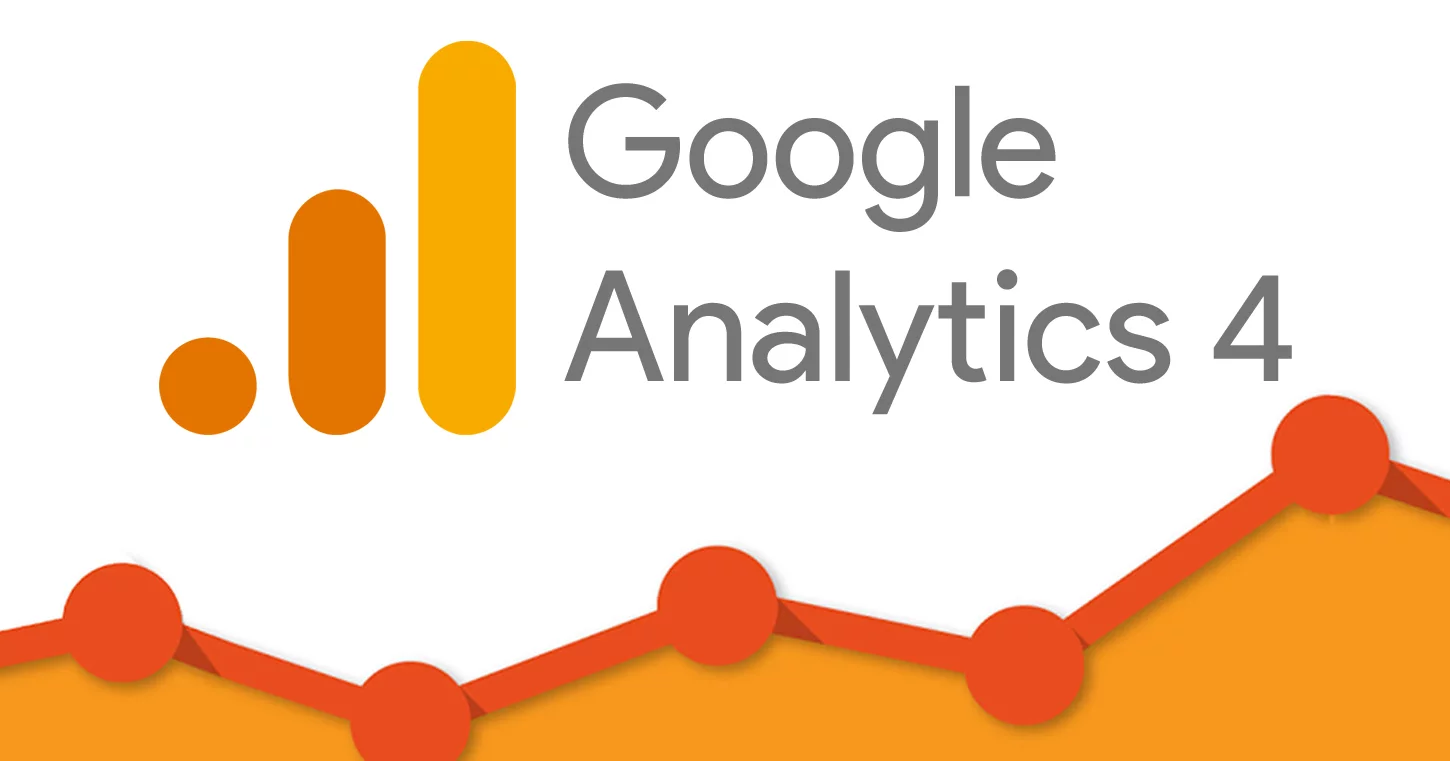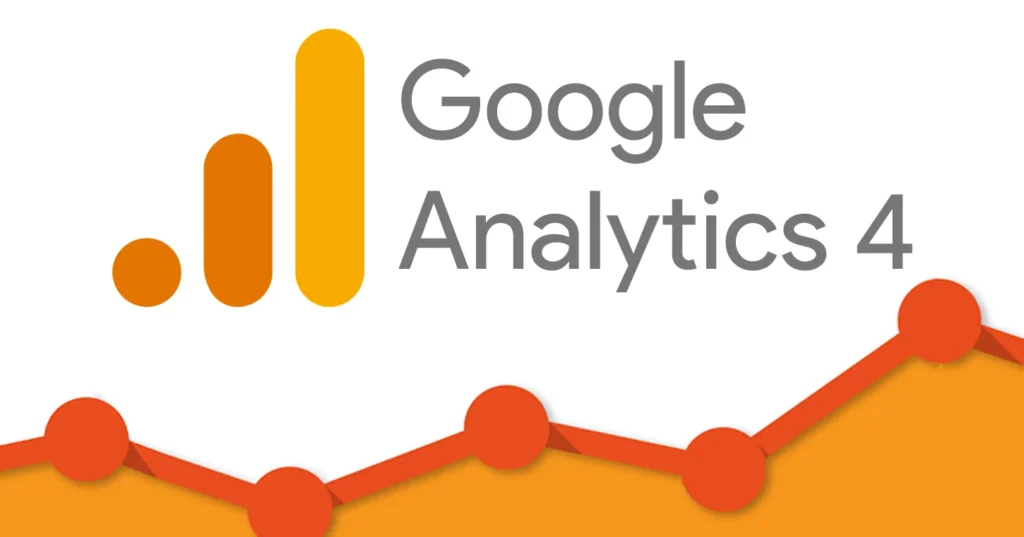In the competitive world of digital marketing, your landing page often serves as the crucial first impression that can make or break your conversion rates. Simply driving traffic to your site isn’t enough; understanding how visitors interact with your landing pages and making data-driven improvements is key to turning clicks into customers. Google Analytics offers a treasure trove of insights that, when leveraged correctly, can help you identify what’s working, what’s not, and how to optimize every element of your landing page for maximum impact. In this blog post, we’ll explore actionable strategies to boost your conversions by harnessing the power of Google Analytics, transforming your landing pages into conversion machines.
1. Understanding Key Google Analytics Metrics for Landing Pages
When it comes to optimizing your landing pages for higher conversions, understanding the key metrics within Google Analytics is essential. These metrics provide valuable insights into how visitors interact with your landing pages, helping you identify what’s working and what needs improvement. One of the most important metrics to monitor is the Bounce Rate, which indicates the percentage of visitors who leave your site after viewing only one page. A high bounce rate may suggest that your landing page isn’t engaging enough or doesn’t meet visitors’ expectations. Another crucial metric is the Average Session Duration, which shows how long users stay on your page. Longer session durations often correlate with higher engagement and a better chance of conversion. Additionally, the Conversion Rate measures the percentage of visitors who complete a desired action, such as filling out a form or making a purchase, directly reflecting your landing page’s effectiveness. Don’t overlook the Traffic Source data, which reveals where your visitors are coming from—be it organic search, paid ads, or social media—allowing you to tailor your marketing strategies accordingly. By regularly analyzing these key Google Analytics metrics, you can make data-driven decisions to optimize your landing pages, ultimately boosting conversions and achieving your business goals.

2. Setting Up Goals and Conversion Tracking
Setting up goals and conversion tracking in Google Analytics is a crucial step in optimizing your landing pages for better performance. Goals allow you to measure how well your landing page fulfills your target objectives, such as newsletter sign-ups, product purchases, or contact form submissions. To get started, navigate to the Admin section of your Google Analytics account and select the appropriate view where you want to set up your goals. From there, click on ‘Goals’ and then ‘New Goal.’ Google Analytics offers several goal templates, including destination URLs, event tracking, duration, and pages per session — choose the type that aligns best with your conversion action. For example, if you want to track when a visitor reaches a “Thank You” page after completing a purchase, set up a Destination goal with the URL of that page. Once your goals are configured, you can monitor conversion rates, identify drop-off points, and gain valuable insights into user behavior. This data empowers you to make informed adjustments to your landing page design, content, and call-to-action elements, ultimately boosting your conversion rates and maximizing the return on your marketing efforts.
3. Analyzing User Behavior with Heatmaps and Flow Reports
Understanding how visitors interact with your landing pages is crucial for optimizing them effectively and boosting conversions. One of the most powerful ways to gain these insights is by leveraging Google Analytics’ heatmaps and flow reports. Heatmaps visually represent user engagement by showing where visitors click, scroll, and hover on your page. This allows you to identify which elements are capturing attention and which are being overlooked. For instance, if your call-to-action button is buried below the fold or receiving minimal clicks, it may be time to reposition or redesign it for better visibility.
Complementing heatmaps, flow reports in Google Analytics provide a comprehensive overview of the paths users take through your website. By analyzing these user journeys, you can pinpoint where visitors drop off or get stuck, highlighting potential barriers in your conversion funnel. This insight enables you to streamline navigation, simplify forms, or eliminate distractions to keep users moving smoothly toward your conversion goals.
Together, heatmaps and flow reports offer a dynamic understanding of user behavior, helping you make data-driven decisions to optimize your landing pages. By continually analyzing and adapting based on these insights, you can create a more intuitive, engaging experience that ultimately drives higher conversion rates.
4. Identifying and Fixing High Bounce Rate Issues
One of the most critical metrics to monitor when optimizing your landing pages is the bounce rate—the percentage of visitors who leave your site after viewing only one page. A high bounce rate often signals that your landing page isn’t meeting visitor expectations or failing to engage them effectively. Using Google Analytics, you can identify which pages have the highest bounce rates and dig deeper into user behavior. Look for patterns such as slow load times, irrelevant content, or confusing design elements that may be driving visitors away. Once you pinpoint these issues, take targeted actions to improve the user experience. This could include simplifying your call-to-action, enhancing page load speed, ensuring content aligns closely with ad campaigns, or making the design more intuitive and visually appealing. By regularly analyzing bounce rate data and making informed adjustments, you can significantly increase user engagement and ultimately boost your conversion rates.

5. A/B Testing Landing Page Elements Based on Analytics Data
A/B testing is a powerful strategy to optimize your landing pages and significantly boost your conversion rates. By leveraging Google Analytics insights, you can identify which elements of your landing page are performing well and which ones may be causing visitors to drop off. Start by selecting key components to test—such as headlines, call-to-action buttons, images, or form layouts—that analytics data suggests have a high impact on user engagement. Develop two variations (A and B) for each element and split your traffic evenly between them. Monitor important metrics like bounce rates, time on page, and conversion rates to determine which version resonates better with your audience. Over time, this data-driven approach allows you to make informed decisions and continuously refine your landing pages, ensuring they deliver the most compelling user experience and drive higher conversions. Remember, A/B testing is an ongoing process—regularly analyzing and iterating based on fresh analytics insights is key to sustained success.
6. Continuous Optimization: Using Insights to Drive Ongoing Improvements
Continuous optimization is the key to maintaining and improving the performance of your landing pages over time. By leveraging the rich data and insights provided by Google Analytics, you can make informed decisions that drive ongoing improvements and boost conversions. Start by regularly monitoring key metrics such as bounce rates, session duration, and conversion rates to identify areas where visitors may be dropping off or losing interest. Dive deeper into user behavior with features like heatmaps, user flow reports, and A/B testing results to uncover patterns and preferences that can inform design tweaks, content adjustments, or call-to-action refinements. Remember, optimization is not a one-time task but a cyclical process — as you implement changes, continuously measure their impact to understand what works best and iterate accordingly. By adopting this data-driven, iterative approach, you ensure your landing pages remain relevant, engaging, and highly effective at converting visitors into customers.
7. Segmenting Traffic Sources to Identify High-Converting Audiences
One of the most powerful ways to optimize your landing pages is by segmenting your traffic sources using Google Analytics. By breaking down your audience based on where they come from—such as organic search, paid ads, social media, or email campaigns—you can gain valuable insights into which channels are driving the most engaged and high-converting visitors. Google Analytics allows you to create detailed segments that isolate traffic from specific sources, enabling you to analyze user behavior, bounce rates, and conversion rates within each group. For example, you might discover that visitors from a particular social media campaign spend more time on your landing page and convert at a higher rate than those arriving via paid search. With this data, you can tailor your landing page content, design, and calls-to-action to better resonate with your top-performing audiences, ultimately boosting your conversion rates. Additionally, understanding the nuances of each traffic segment helps you allocate your marketing budget more effectively, focusing on channels that deliver the best return on investment. Segmenting traffic sources is not just about identifying where your visitors come from—it’s about uncovering actionable insights that empower you to create personalized, high-impact landing pages that convert.
8. Leveraging GA4 Event Tracking for Deeper Engagement Insights
One of the most powerful ways to optimize your landing pages is by leveraging GA4’s advanced event tracking capabilities. Unlike traditional pageview metrics, GA4 allows you to track specific user interactions—such as button clicks, video plays, form submissions, and scroll depth—providing a granular understanding of how visitors engage with your content. By setting up custom events tailored to your landing page goals, you can identify which elements are driving conversions and which may be causing friction. For example, tracking the click rates on your call-to-action buttons can reveal whether they are compelling enough, while monitoring form abandonment rates can help uncover usability issues. These insights empower you to make data-driven adjustments, such as repositioning key elements, refining your messaging, or simplifying forms, ultimately boosting user engagement and conversion rates. Integrating GA4 event tracking into your optimization strategy ensures you move beyond surface-level analytics and gain actionable intelligence that truly enhances the performance of your landing pages.
![]()
If you found this article helpful and need help with your website conversion, contact us for a FREE CRO Audit



